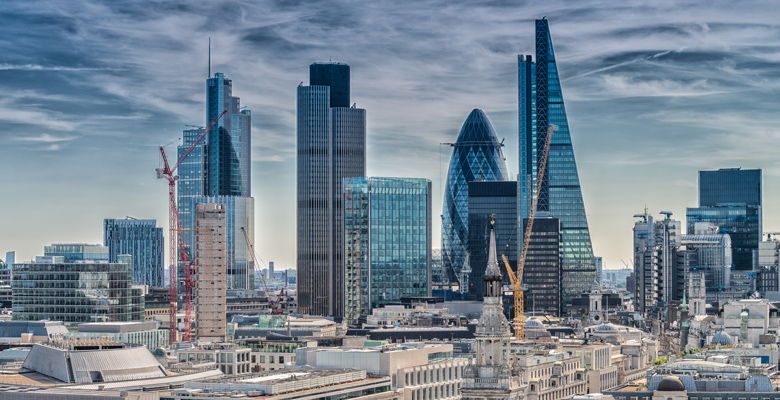Choosing where to live is a major life choice – however when it comes to buying in London, the choices can seem even more overwhelming. With so many factors to consider, especially affordability, it can seem like a daunting task to find a location that meets all your requirements. One of the biggest considerations is, of course, proximity to the workplace, or at least proximity to a well-connected tube or train station. However, as the way we work seems set to change, many people are also considering properties closer to cycle routes, or at least within a reasonable cycle commute to their office.
For those working in central London, owning a property as close as possible to the office may have been a priority in order to cut commute time pre-pandemic, yet with working from home becoming a bigger part of people’s lives, the idea of living less central, and therefore considerably less expensive, as a trade-off for a slightly longer, but far less frequent commute, is extremely appealing.
To help you make a decision, we’ve rounded up the best locations per price, connections and location, whether you’re intending to take public transport or cycle to work in the future – or perhaps a combination of both.
Most affordable tube lines to live on
Coming in first place as the cheapest tube line to live on is the Metropolitan Line. Spanning 40 miles and home to 34 stations, the Metropolitan Line is connected via some of London’s most important stations and stops, such as Baker Street and Liverpool Street Station. Areas such as Wembley Park and central Aldgate are both affordable and well-connected, boasting average houses prices of £455,000 and £694,000, respectively.
The Waterloo and City Line is one of London’s underground anomalies – the line only runs between two stations, Waterloo and Bank and is the only tube line to operate a four-coach train. However, for those working in the City, it provides an invaluable service from the affordable and up-and-coming South Bank residential area. That being said, house prices in Bank itself are perhaps more affordable than you may think considering its central location, averaging £780,000.
The Central Line is one of London’s most popular, stretching 46 miles from West Ruislip, through the City and out to Epping in Essex. Its reach into the outer boroughs of Essex and zones five and six mean that property prices drop dramatically, while still living in an area with direct access to popular central working locations. If you’re looking to live closer, then the areas of Mile End, Stratford and East Acton are all good choices – where the average home can range from £360,000 – £500,000.
The Northern Line connects popular areas that are particularly buzzy with the millennial generation such as Clapham North, Oval, Balham and Kentish Town with a good variety of central locations. These areas are renowned for their affordability and popularity, making them ideal locations for first-time buyers.
Best postcodes for cycling to work
For those looking to cycle into the City/Canary Wharf, the postcodes that provide under a 30 minute cycling commute include:
- E6
- SE23
- E13
- E12
- SE9
- SE8
The cheapest of these areas are SE23, E6 and E13, averaging from £296,000 to £355,000.
For those wishing to get to the King’s Cross area of London, locations with under a 30 minute commute include:
- SE16
- SW9
- N15
- SE5
- SE15
- E3
The cheapest is SE15, with an average house price of £389,000.
If you’re needing to commute west to the Paddington area of London, you can get there in under 30 minutess of cycling from:
- NW10
- SE11
- NW2
- W3
- SW9
- SE17
The most affordable of these locations is SW9, averaging £476,000.
Contact Us
Contact London Building Surveyors on 020 8257 5766 or go to the contact form here if you have any further questions and would like to discuss a professional building survey.
